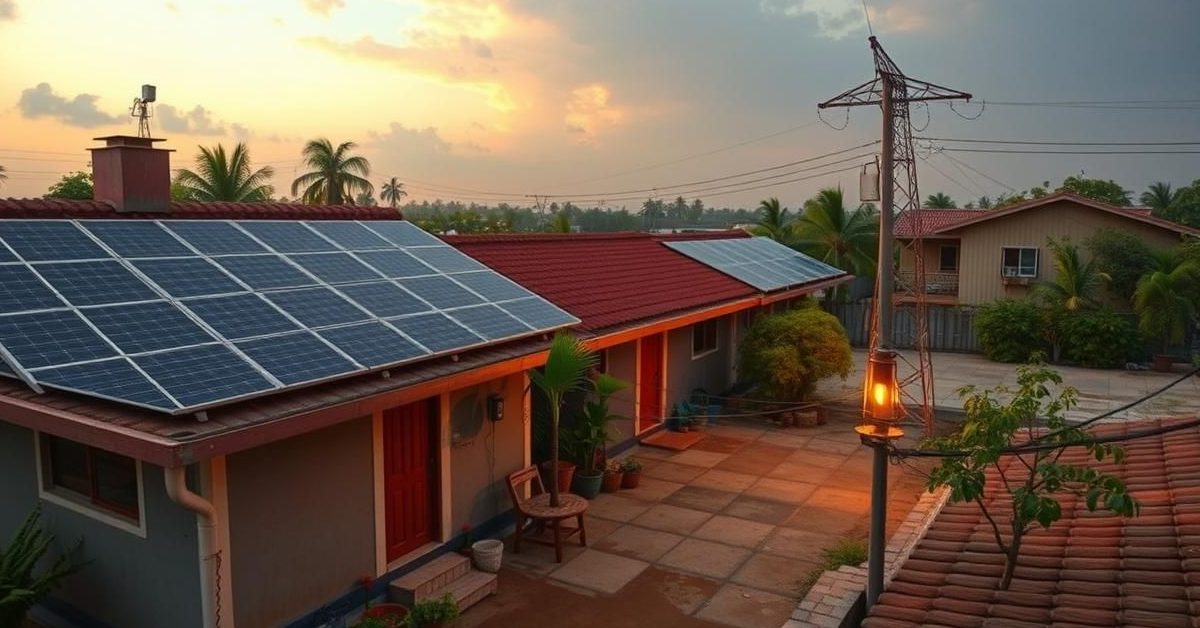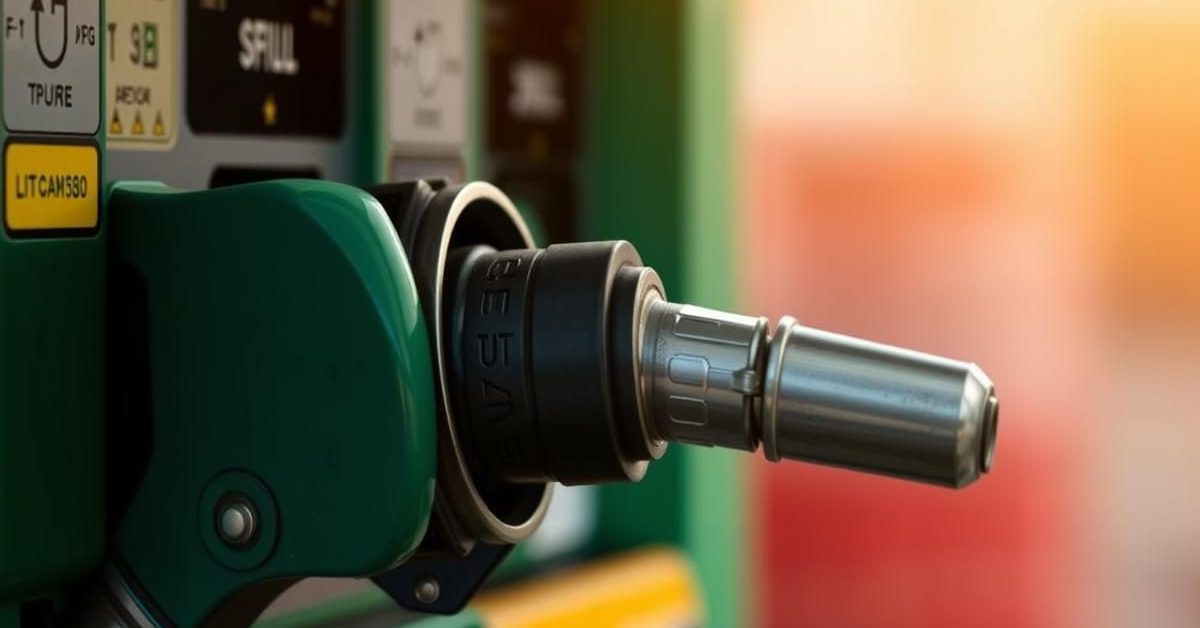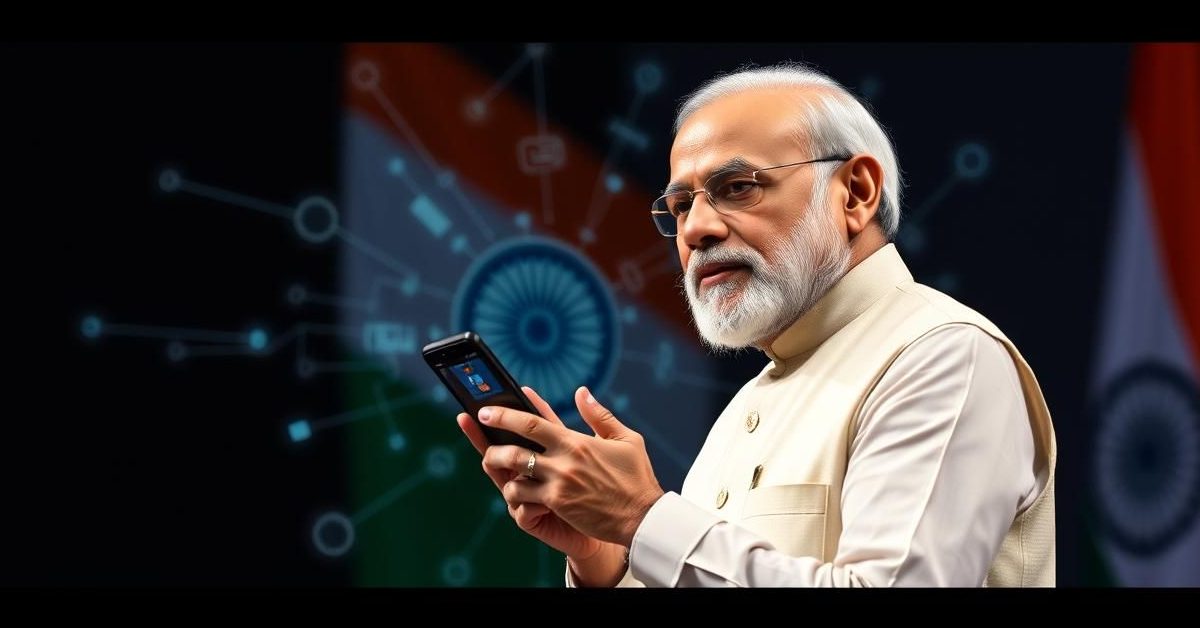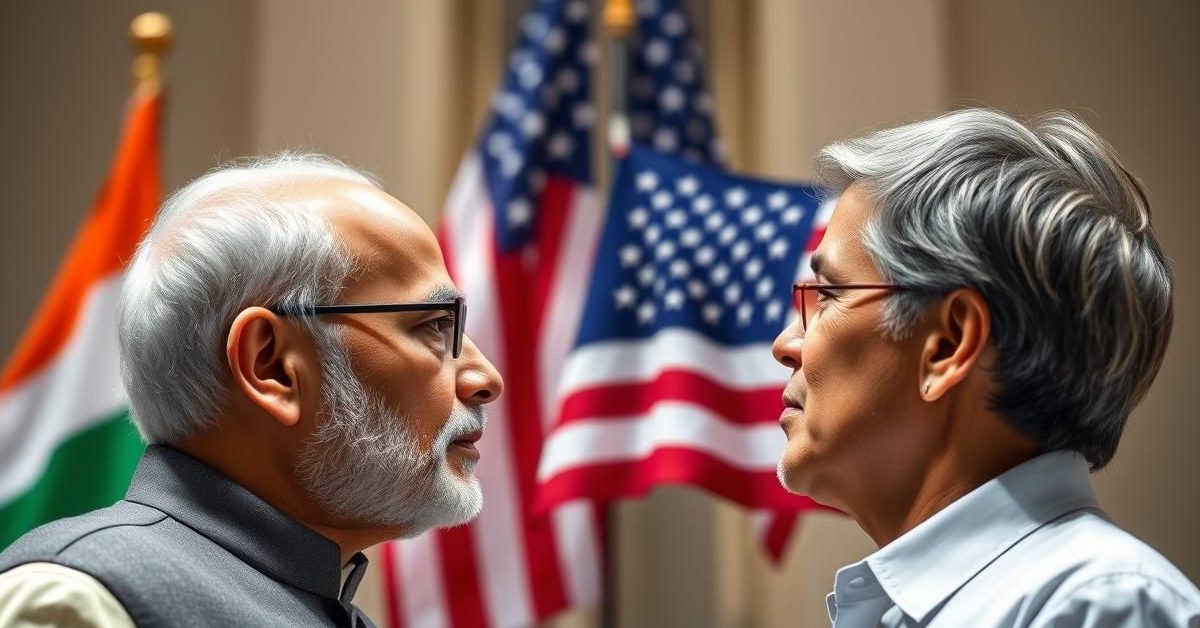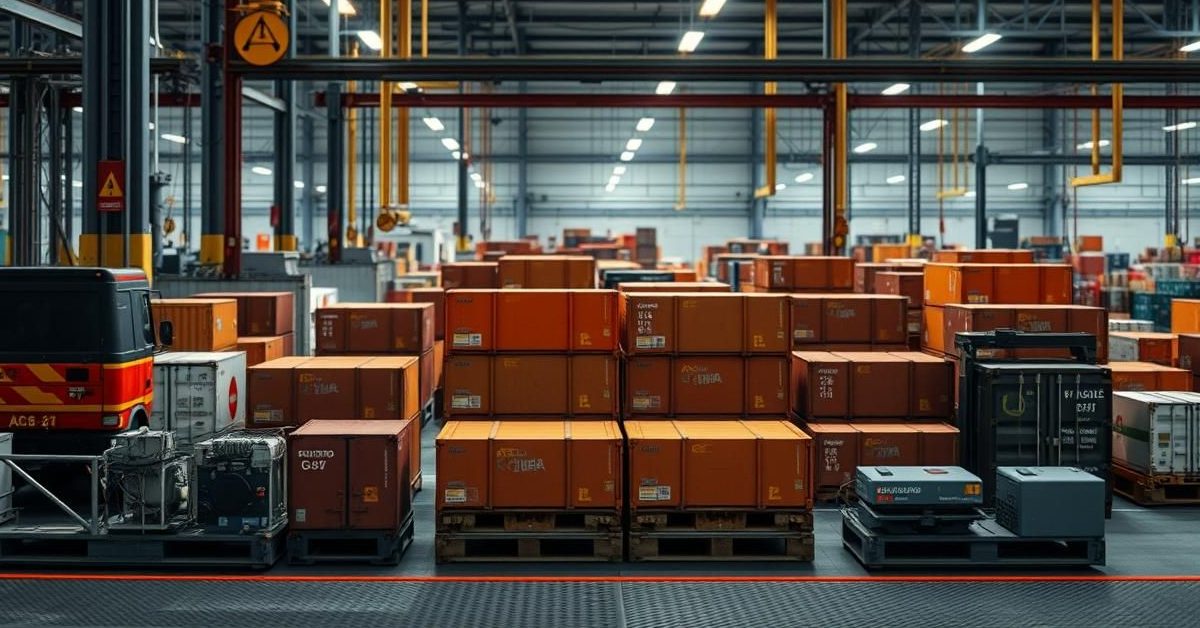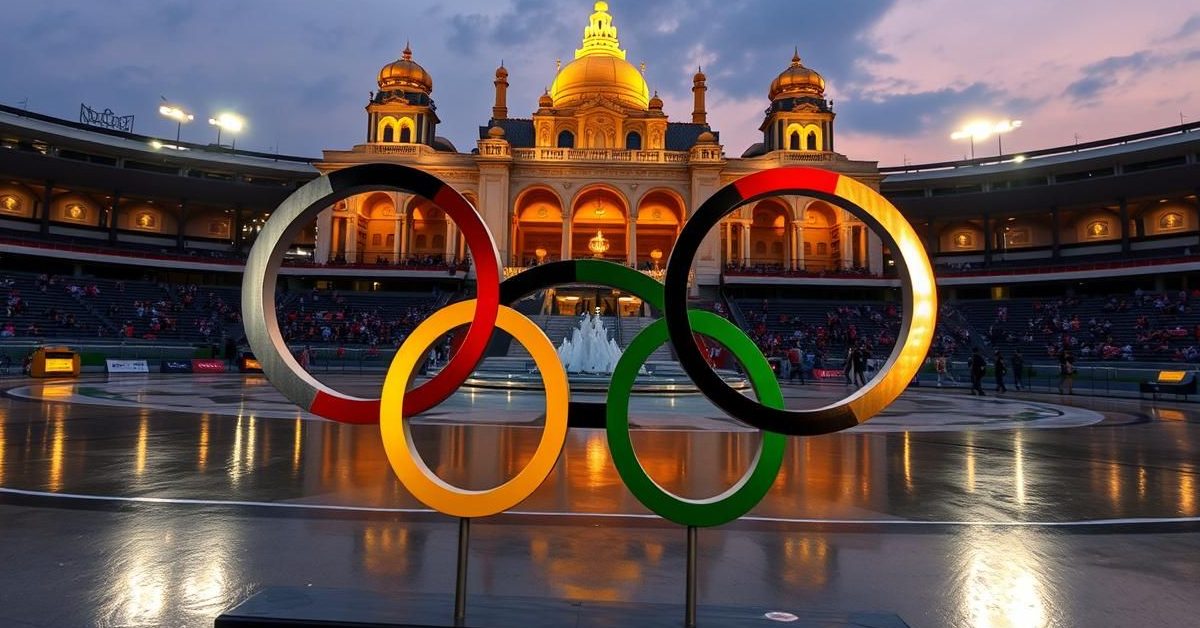India Energy Stack: Pioneering a Digital Revolution in Power, Echoing UPI’s Success
Imagine a future where your rooftop solar panels generate more electricity than you need, and you effortlessly store the surplus in a neighbor’s battery. Later, as dusk falls, you seamlessly draw that power back. The transaction? An instant, automated payment from your bank account to theirs, all facilitated by a digital public infrastructure (DPI) as smooth and swift as UPI. This isn’t distant fantasy; it’s the vision powering India’s ambitious new initiative, the India Energy Stack (IES), now being shaped by a high-powered task force led by Infosys co-founder Nandan Nilekani.
What is the India Energy Stack (IES)?
The proposed India Energy Stack is poised to fundamentally reshape the nation’s power landscape, much like Aadhaar revolutionized identity verification and UPI transformed financial transactions. It aims to forge a cohesive digital backbone for India’s historically fragmented power sector, unifying diverse stakeholders: from electricity producers and grid operators to discerning consumers, energy exchanges, and regulatory bodies.
This unprecedented digital integration promises to unlock a myriad of possibilities. Think seamless peer-to-peer energy trading between neighbors, sophisticated demand-response programs to stabilize the grid amidst surging renewable energy integration, and more transparent, efficient compliance with critical carbon offsetting mandates.
The Architects of Change: A Visionary Task Force
Constituted by the Ministry of Power on June 27, a 17-member task force is at the helm of this groundbreaking endeavor. Nandan Nilekani, celebrated for his instrumental role in creating the Unique Identification Authority of India (UIDAI), serves as the chief mentor, lending his unparalleled expertise. The task force is charged with conceptualizing and mapping out the strategic roadmap for the nationwide deployment of the India Energy Stack, a monumental undertaking expected to unfold over several years.
Why a DPI-Style Overhaul for India’s Power Sector?
India’s electricity sector operates as a concurrent subject, meaning governance responsibilities are shared between the Union and state governments. While intended to foster local responsiveness, this dual oversight has inadvertently cultivated a deeply fragmented ecosystem, characterized by “isolated digital islands” rather than a unified national platform.
This systemic fragmentation, highlighted in a concept brief by New Delhi-based FSR Global – a key knowledge partner for the IES initiative – “creates significant operational challenges that impede the energy sector’s ability to meet India’s growing energy demands efficiently.” The existing patchwork of systems stifles innovation and creates considerable inefficiencies.
Core Challenges Addressed by the India Energy Stack
FSR Global’s comprehensive brief pinpointed four critical hurdles within the power sector that the IES is designed to overcome:
Firstly, the absence of a standardized, unique identifier for consumers, energy assets, or various stakeholders complicates data management and service delivery.
Secondly, decision-making across the sector is hampered by a glaring lack of access to harmonized, real-time data, leading to suboptimal operational choices.
Thirdly, innovators and solution providers struggle to scale their offerings because they are forced to integrate with numerous proprietary digital platforms, creating barriers to market entry and expansion.
Lastly, the absence of interoperability between these disparate digital systems prevents seamless cross-regional data sharing and efficient cross-discom (distribution company) transactions, limiting market fluidity.
In essence, the challenges mirroring those faced by India’s identity and financial sectors before the transformative arrival of Aadhaar and UPI. Just as those DPIs heralded a new era in their respective domains, a similar foundational approach promises to revolutionize India’s energy landscape.
Unlocking New Horizons: The IES Ecosystem of Tomorrow
Beyond providing unique identification, comprehensive integration, and crucial interoperability, the India Energy Stack is set to unleash an entirely new, vibrant energy ecosystem. Envision a thriving environment where energy fintech solutions, sophisticated virtual power plants, and dynamic peer-to-peer trading flourish on a standardized, universally interoperable digital infrastructure.
The potential is immense. Consumers – and “prosumers” (those who both produce and consume energy, like rooftop solar owners) – could instantly buy surplus energy for storage in home batteries or sell their excess solar output during peak demand periods to maximize returns. The IES will dramatically deepen the decentralization of electricity, empowering prosumers to manage their energy assets with unprecedented activity and efficiency.
For grid operators, the IES means vastly more precise load-balancing and dispatch decisions, optimizing grid stability. Energy producers, meanwhile, could significantly reduce curtailment (wasted energy) or meticulously track carbon offsets through transparent, verifiable performance data.
At the core of the IES’s utility lies its ability to maintain the impeccable integrity of data, processes, and financial settlements across the entire value chain. A pivotal architectural element enabling these services will be the Utility Intelligence Platform (UIP) – a primary application layer built upon the robust IES foundation.
The Leadership Team Driving India’s Energy Transformation
The government is strategically positioning the India Energy Stack as a natural evolution of its profoundly successful DPI initiatives like Aadhaar and UPI. This alignment is underscored by the deliberate selection of the task force’s leadership. Nandan Nilekani, the founding chairperson of UIDAI, serves as the chief mentor. Ram Sevak Sharma, the first Director General of UIDAI, will chair the task force, while Pramod Verma, the original chief architect of Aadhaar, returns to play the same pivotal role for this ambitious energy initiative.
REC Ltd, a central public sector undertaking, has been designated as the program nodal agency for the IES. Supporting the 17-member task force are five specialized expert working groups – focusing on technology, distribution, system operations, generation, policy and regulation, and markets – collectively comprising 35 additional members, bringing diverse expertise to the table.
The Road Ahead: Piloting India Energy Stack’s Promise
“The Ministry of Power will embark on a 12-month proof of concept (PoC) to validate the India Energy Stack by implementing its foundational building blocks and demonstrating its value through real-world use cases,” stated the concept brief. The full-scale IES “will be deployed over the coming years,” it added, signaling a methodical, long-term commitment.
While the concept-proofing phase could be relatively swift, leveraging India’s rich prior experience with DPIs, the ultimate, timely rollout of the India Energy Stack will hinge on several critical factors. These include the enthusiastic cooperation and adoption from state utilities, the rapid penetration of smart meters and other digital enablers nationwide, and, of course, the successful outcomes of initial trial runs. If successful, India could once again set a global benchmark for digital transformation in critical infrastructure.
